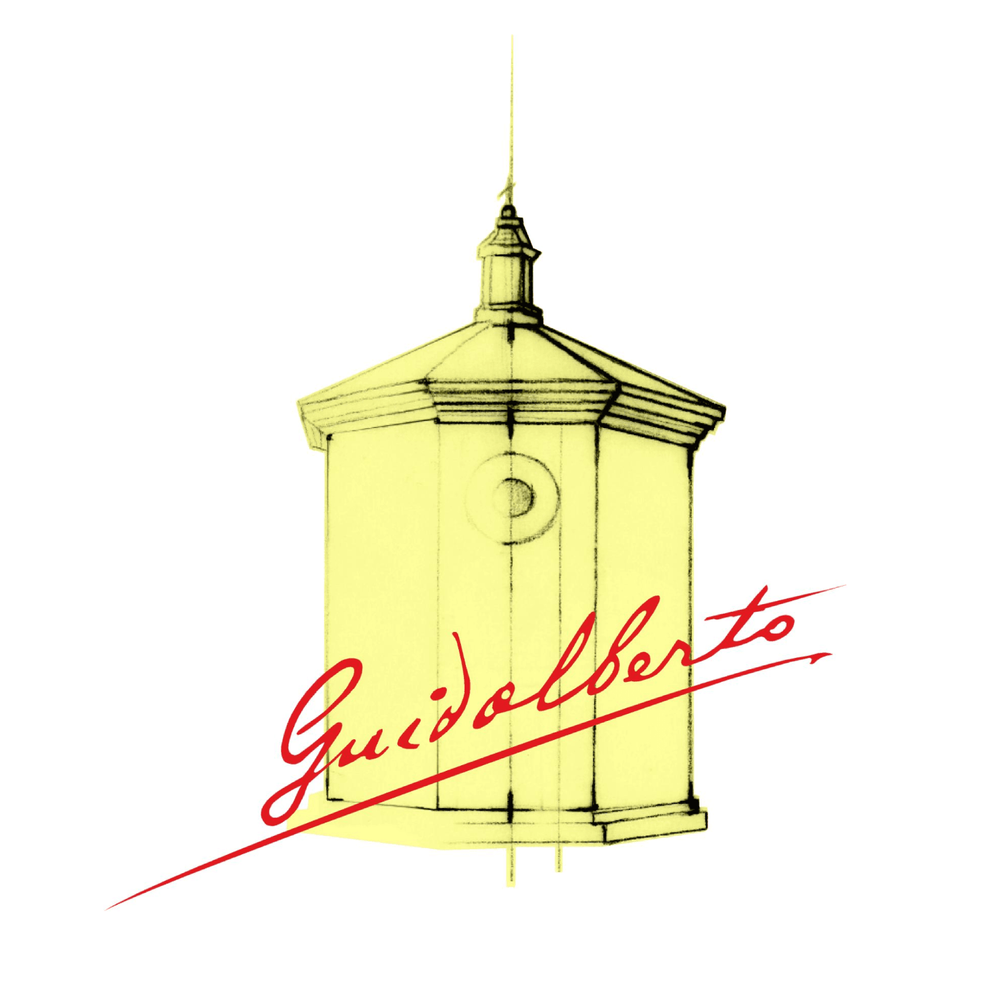Vintage
GUIDALBERTO 2019
CLASSIFICATION
IGT - Toscana
FIRST VINTAGE ON THE MARKET
2000
GRAPES
Cabernet Sauvignon, Merlot

Guidalberto
SOIL STYLE
The soils on which the vineyards stand has varied and complex terrain features with a strong presence of limestone, feature areas rich in marl and pebbles as well as being partly clayey; they sit at an altitude of between 100 and 300 metres above sea level, with a south/south-west exposure.
WEATHER TRENDS
After an autumn with mild temperatures and frequent rainfall, the winter was fairly dry with temperatures often above the seasonal average. Spring came a little early and, from mid-March, the beautiful sunny days and the consistent rise in temperatures anticipated the growth of the buds. However, in April the weather changed again with a substantial drop in temperatures and the return of rain. The entire month of April was very rainy, and this situation stabilised the water reserve of the soils. The continuation of spring was rather unusual with rainfall and cold temperatures also affected by tramontana winds. From the end of May, the weather improved, and from June, summer arrived with sunny days, normal temperatures and excellent ventilation (particularly at night).
The end of June recorded intense temperatures, but fortunately this sweltering heat only lasted for a short time, with the continuation of summer stabilising at temperatures well within the seasonal average. July and August were hot months, but still with temperatures within the norm, without any excesses, except for the last week of July where the muggy heat persisted for about a week. Immediately after mid-August, there was some rain that brought coolness back and helped normalise plant vitality.
HARVESTING
The harvest, strictly by hand, began with the Merlot in early September and continued with the Cabernet Sauvignon, to be completed in early October.
FERMENTATION
Sorting in the field during hand picking of the bunches of grapes and subsequent selection on arrival in the cellar of the grapes and berries using a sorting table. Soft pressing and destemming of the bunches to avoid pressure on the berries and excessive release of tannin. Alcoholic fermentation carried out in stainless steel vats at a controlled temperature maintained at around 26-28°C, without any addition of external yeasts. Maceration in this vintage was about 13-15 days for the Merlot grapes and 15-18 days for the Cabernet Sauvignon grapes, with frequent pumping-over in the air and offloading to obtain more balanced musts, favour aromatic extraction and make the tannins more docile.
Malolactic fermentation, which began in early November, was also completely carried out in steel vats, after which the musts were placed in wood (barriques) for ageing.
AGEING
Once malolactic fermentation was complete, the wine was placed in French oak barriques, and a small part in American oak, where it was aged for a period between the 20 and 25 months. The duration of the ageing is technically decided on the basis of the seasonal trend of the vintage.